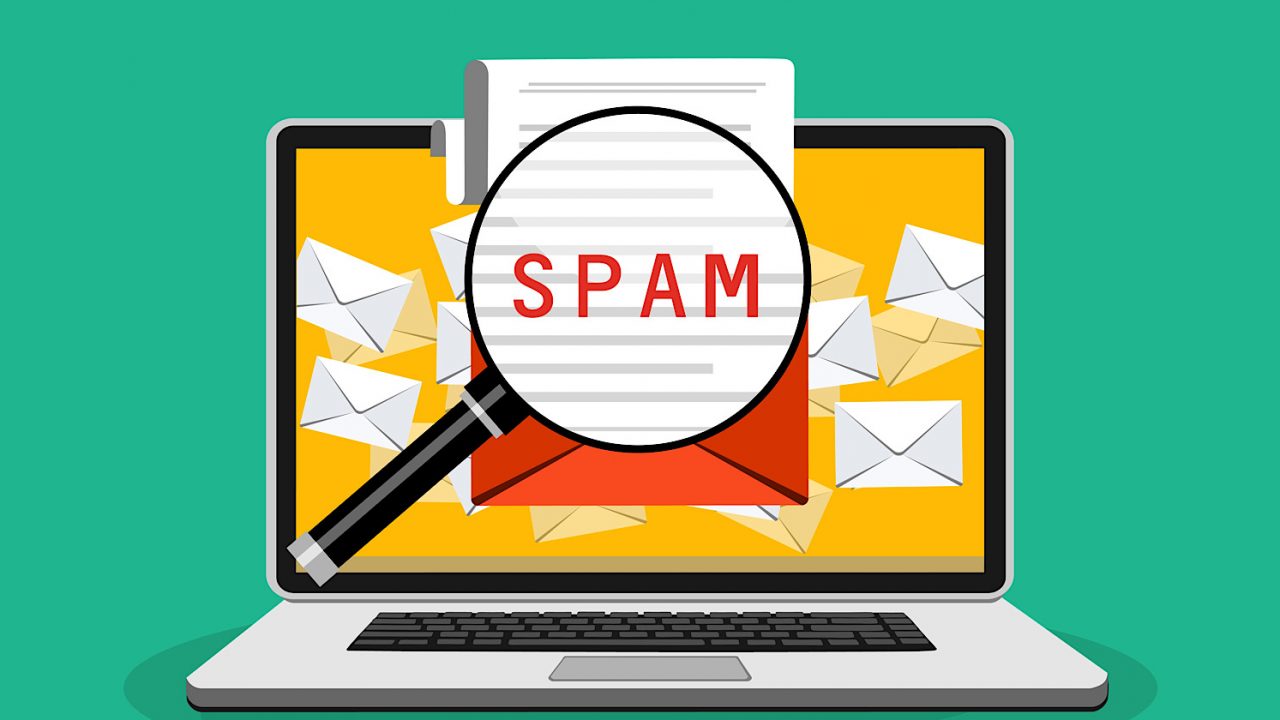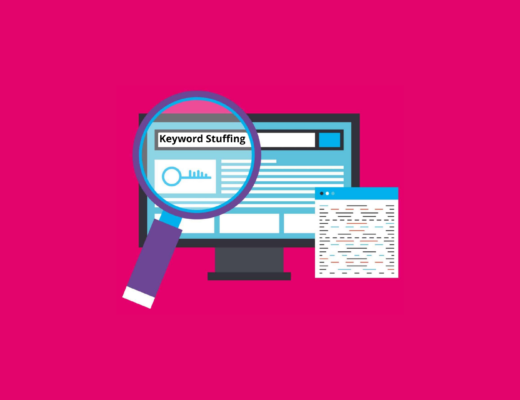Have you recently experienced a significant drop in search engine ranking as a result of Google’s Spam Update? If so, you’re not alone.
Google’s core mission is to deliver high-quality content to its users and to reward good-quality websites. In response to this goal, they often roll out updates that target websites that violate Google’s standards and promote low-quality content by hijacking SERP rankings. The most recent example of such an update is the so-called “Google Spam Update”. It has drastically affected some websites’ visibility on search pages.
Recovering your website from the Google Spam Update can be tricky and time-consuming. But, if done correctly it can restore lost rankings and help you get back on track with your SEO Myths efforts. In this article, we’ll talk about how to recover your website from Google Spam update.
Link Spam
Google is constantly making changes to its algorithms in order to ensure that the most relevant and accurate search results are returned when users type in a query.
Unfortunately, link spamming has become a common way for unscrupulous webmasters to try and manipulate their rankings within the search engine.
Link spamming involves adding large numbers of outgoing links from a website to other unrelated pages – usually low-quality or maliciously built sites.
This can harm a website’s rankings and deplete its organic traffic, as Google will view this as an attempt to boost search engine rankings artificially.
To prevent being caught by these types of updates, there are several practices webmasters should employ:
- Ensure that all outgoing links on a website are high-quality and related to the topic at hand.
- Refrain from using generic anchor text.
- Monitor backlinks regularly and remove any suspicious ones promptly.
- Keep up with the latest SEO trends so as not to fall afoul of any new algorithm revisions.
- Make sure no link exchange is going on between sites in order to get more incoming links from external sources.
- Regularly audit your website content for quality control purposes so as not to be penalized for low-quality content.
Keyword Stuffing
Are you wondering how to recover your website from Google Spam update? If so, concentrate on Keyword stuffing. Keyword stuffing is an unethical practice used by some businesses to artificially boost their rankings in search engine results pages (SERPs).
This involves overloading a webpage with keywords that have nothing to do with the content on the page, hoping to attract more traffic from search engines.
Unfortunately, this technique does not work and it can lead to a penalty from Google.
To recover from Google’s Penguin Update and avoid keyword stuffing, businesses need to focus on creating high-quality content that is valuable for users.
Instead of writing for search engines, businesses should create content that’s useful for readers.
Content should be relevant, concise, and free of any unnatural placement of keywords or phrases.
Additionally, businesses should use the appropriate headings and subheadings when crafting web pages so they are easily skimmable.
When creating website content and titles, businesses should keep their targeted keywords in mind. And, make sure the keywords are used naturally throughout the text without sounding repetitive or forced.
Also, instead of aiming for exact match keywords which are identical to what searchers type in Google (e.g., “chocolate chip cookies”), focus on topic-based phrases.
It includes variations that help create a stronger presence in SERPs while avoiding keyword stuffing (e.g., “baking chocolate chip cookies”).
Cloaking
Are you looking for an answer on how to recover your website from Google Spam update? If so, then avoid Cloaking.
Avoiding cloaking to recover from a Google spam update is an important step for any website owner.
Cloaking is a type of SEO practice. It involves showing different content to search engine bots than what human visitors see when they visit your website.
This could be done using redirects, or the content could even be completely different between bots and humans.
The problem with this practice is that it can appear as an attempt at deceptive SEO, which goes against Google’s guidelines.
If you have ever used cloaking on your website, it’s important to remove those pages immediately or at minimum. Remove the content that was used in order to avoid being penalized by Google.
Additionally, providing unique, interesting, and accurate information on your website can help build credibility among customers.
Hidden Content And Scraping Content
Avoiding hidden and scraping content is an important step to ensure that your website does not suffer from Google’s spam updates.
Hidden and scraping content usually refers to text, images, or links that are embedded into the webpage without the knowledge of visitors.
This type of content is often used to manipulate a website’s rankings in SERPs by using keyword stuffing or creating duplicate pages.
As such, it is important for website owners to take steps to ensure that their websites are free from this type of content. So, they can stay away from any potential penalties and repercussions from Google’s frequent algorithm updates.
Fortunately, there are a few things you can do as a website owner in order to prevent hidden and scraping content from appearing on your web pages. It includes regularly checking your site for any suspicious content and disabling certain features like comment forms. Besides, the user-generated media could host hidden links, as well as audit your backlinks periodically to make sure nothing untoward has sneaked into them.
Read more- Google Link Update – What’s Going To Change For SEO In UAE




